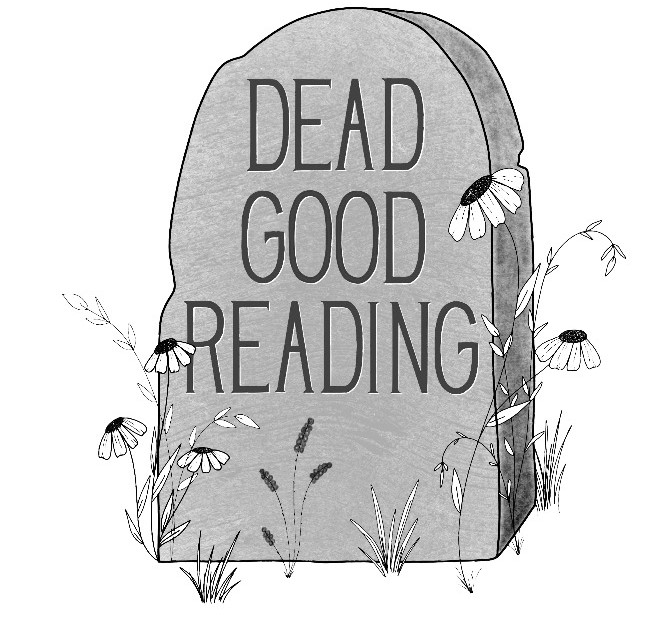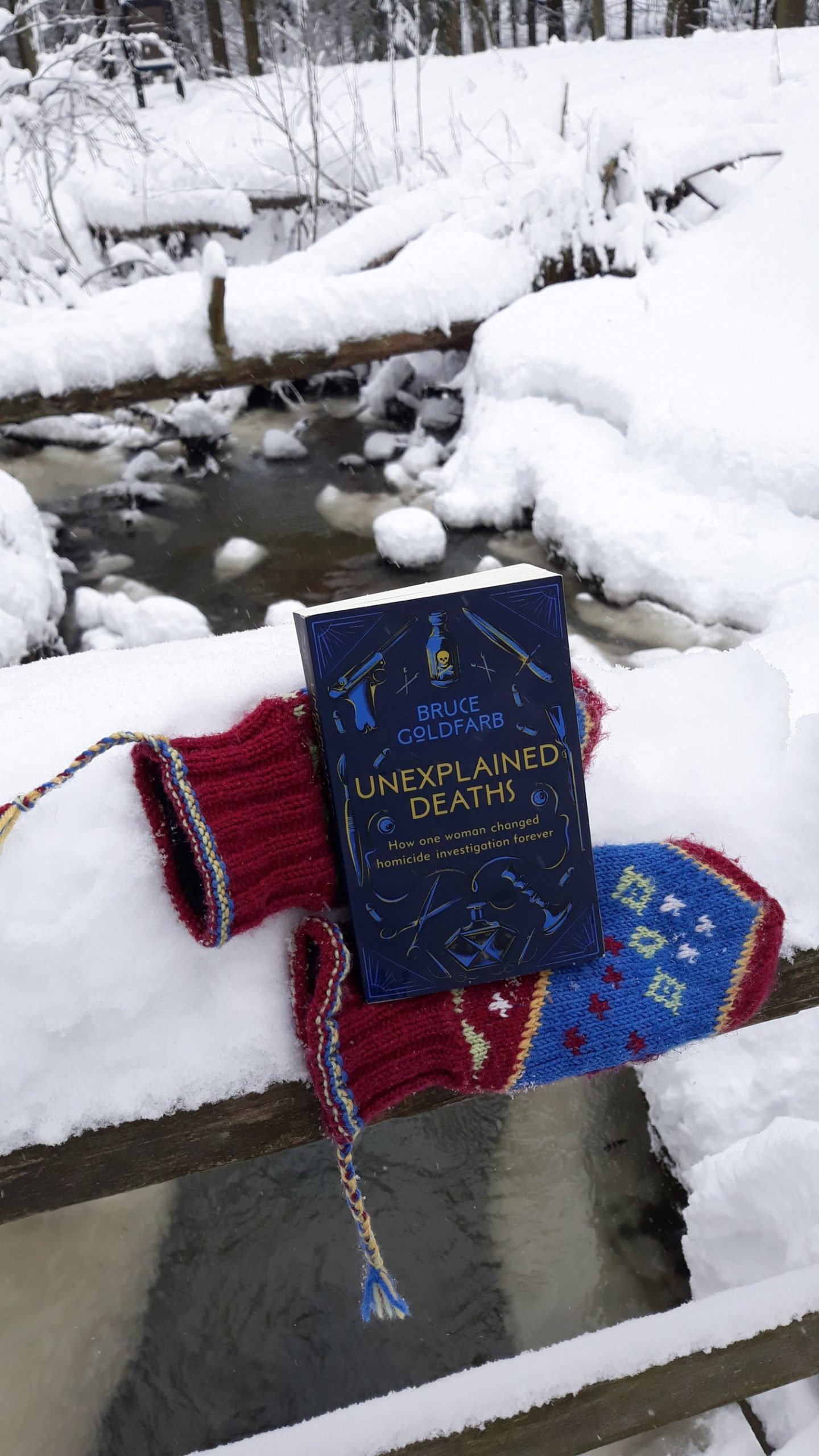Welcome to the second review in the Forensic February series! This week we will be talking about Unexplained Deaths: how one woman changed homicide investigation forever written by Bruce Goldfarb. This book has also been published under the name 18 Tiny Deaths: The Untold Story of Frances Glessner Lee and the Invention of Modern Forensics, which leads me to ask a question I hope a reader might be able to answer: why are books published with different titles in the UK and in the US? I understand titles get changed in translation, but these are countries that both use English? Answers on a (digital) postcard please!
In Unexplained Deaths, Goldfarb tells the life story of Frances Glessner Lee, a woman with significant means and an enormous passion for Legal Medicine, or what we now call Forensics. The book can be read both as biography as well as a history of the development of Forensics as a scientific discipline in the United States during Lee’s lifetime. Lee was on a mission but being born a woman and not allowed to enrol in Harvard and get an education, she found many sceptics along the way.
Interestingly and notably, forensics as a discipline developed much later in the US compared to some countries in Europe, like England. The US inherited the medieval system of the ‘keeper of the Crown’ or the ‘crowner’ which is corrupted into the word coroner, and is using that system in some places to this day.
“Coroners also investigated deaths that were sudden or apparently unnatural, mainly to determine whether the deceased was murdered or a suicide. They were responsible for answering two questions: what caused this death and who was responsible for it? One is a medical question while the other is a matter of criminal justice. Early coroners didn’t need any knowledge of medicine or the law.”
— Unexplained Deaths page:5
In the late 1800s and early 1900s, coroners in Boston and other places in the US were not trained to understand causes of death by foul play. Or to distinguish between a natural death or a murder. Only a very small percentage of unexplained deaths were examined by qualified medical examiners. Yet, coroners often received great incentives for their services, so it was not in their interest to change the way they worked, or to require any additional skills.
Lee, however, was very much interested in the study of unexplained deaths and found it very important that this discipline would also develop in the United States. Throughout her lifetime she invested a lot of her personal wealth into the development of the discipline and, as can be read in the book, she had a clear vision of what Legal Medicine could be. At Harvard, she paid the salary of the people in the department of Legal Medicine for many years, and developed the largest library collection of books on this topic. While she was not allowed to ‘go’ to Harvard, Harvard was willing to accept these generous donations.
Lee developed The Nutshell Studies of Unexplained Death which are miniature death scenes (also pictured in the book and described in the appendix). Lee created these miniatures as a tool to teach the skill of observing crime scenes. Police officers and detectives would know how to scan a crime scene, what signs to look out for, but most importantly to learn to keep an open mind when confronted with a scene as some ‘evidence’ might lead to foregone conclusions and put the wrong people in prison. Lee used her Nutshell miniatures in her seminars she organised at Harvard.
While Lee had a strong impact on the development of Modern forensics, the book is not a novel or a work of fiction, so sadly the issue that Goldfarb raises at the start of the book, namely that forensic death investigations in the 1800s and 1900s in the US were fragmented and practices differed strongly from place to place is not resolved. Until this very day there is no unison in how unexplained deaths are explained:
“Today the United States is served by a patchwork of 2,342 separate death investigation systems- some statewide, some county-wide, some regional. No federal laws or national standards regulate how unexplained deaths should be investigated. There is little consistency from place to place in terms of who conducts a death investigation, that person’s qualifications, the conditions under which a forensic investigation is indicated or how it is conducted. How a death is investigated depends on where a person dies.”
— Unexplained deaths page:234
This fragmentation is very worrisome, particularly as programmes like CSI falsely give the impression that death investigations in the US are top-notch, streamlined and uniform. This book is a fascinating insight in the life of a fascinating character who has largely been erased from history. Frances Glessner Lee shows how much one person can do to change the world (and that having money helps) but importantly how focus and determination can set certain things in motion, as I think even with less fortune Lee would still have been a force to be reckoned with.


Leave a Reply